10 Fresh Herb Alternatives When Tarragon Isn’t Around
Tarragon is prized for its licorice-like flavor that enhances French and Mediterranean cuisines but can be hard to source.
Fennel fronds, anise seeds, or basil can serve as practical stand-ins with similar aromatic qualities.
These herbs vary in sweetness and aroma, so blending with other herbs may be necessary to mimic tarragon’s complexity.
The ten best tarragon substitutes offer creative solutions to maintain your dishes’ distinctive character.
Knowing when and how to use each helps keep flavors authentic.
Sauces, dressings, and poultry dishes benefit from these flexible options.
Expand your herb repertoire with effective tarragon alternatives.
What Tarragon Tastes Like?
Tarragon has a fresh, slightly sweet flavor with notes of licorice and a mild bitterness in the background. It’s often described as a mix between fennel and anise, but softer and more herbal.
The taste is smooth and fragrant, not overpowering, making it a great match for light sauces, chicken, fish, and eggs. When used fresh, it adds a delicate brightness, while dried tarragon offers a more concentrated and slightly earthy version of the same flavor.
The Best Tarragon Substitutes
Tarragon substitutes bring herbal, anise-like flavor to sauces, dressings, and poultry dishes.
Different herbs provide aromatic depth.
Discover the best alternatives to keep dishes flavorful.
Chervil
Chervil is an excellent substitute for tarragon with its delicate blend of parsley, chives, and anise-like flavors that closely mimic tarragon's distinctive taste profile.
Most people can barely tell the difference between these two herbs when used in cooking, making chervil a reliable stand-in when tarragon isn't available.
This lesser-known herb brings the same aromatic qualities to dishes without overwhelming other ingredients, allowing for a seamless swap in equal measurements - just use one tablespoon of fresh chervil for each tablespoon of fresh tarragon called for in recipes.
Both herbs aren't typically staples in home kitchens, so spotting chervil at specialty markets or farmers' markets is worth the effort when tarragon proves elusive.
Remember to adjust quantities if your recipe already includes parsley or chives since chervil shares flavor notes with these common herbs.
Dill
Tarragon's closest substitute is dill, which lacks the distinctive licorice flavor but works perfectly in most recipes where the anise notes aren't essential. Fresh dill is widely available in grocery stores and simple to grow in home gardens, making it a convenient alternative when tarragon is nowhere to be found.
This versatile herb enhances sauces, soups, and butter with its pleasant fragrance, ensuring your dishes still have an appealing aroma.
For recipes where the licorice flavor matters more, mixing dill with a few fennel seeds creates a remarkably similar taste profile to authentic tarragon.
The substitution couldn't be easier- just use the same amount of dill as you would tarragon in your recipe (1:1 ratio), and no one will notice the difference.
Fennel Seeds or Fronds
Fennel offers a pungent anise flavor that makes it an excellent substitute for tarragon in many recipes.
The fronds provide a wonderful herby base with licorice notes, creating more depth than the seeds alone can deliver. Combining both seeds and fronds gives dishes a well-rounded flavor profile that works beautifully in various cuisines.
Pork sausage dishes particularly benefit from fennel's distinctive taste, enhancing the meat's natural flavors.
For best results, replace one tablespoon of fresh tarragon with either one tablespoon of fresh fennel fronds or one-eighth teaspoon of fennel seeds in your recipes.
The subtle licorice notes of fennel can also complement fish dishes and creamy sauces where tarragon would traditionally be used.
Angelica
Angelica is a fantastic substitute for tarragon, offering an earthy and sweet flavor profile that works well in many dishes.
The plant parts matter significantly when making this swap, as the stalk or stem provides more herb-like flavors compared to the root, which has spicier characteristics.
For best results, use equal amounts when substituting- one tablespoon of fresh angelica replaces one tablespoon of fresh tarragon in your recipes.
This versatile alternative shines in soups and stews while also complementing lighter fare such as salads and seafood dishes.
Finding angelica might require some searching, but the similar flavor notes make it worth the effort when tarragon isn't available.
Basil
Basil makes an excellent substitute for tarragon in many recipes, especially since it's commonly found in most kitchens.
Its flavor profile closely resembles tarragon without the distinctive anise notes, a difference that rarely impacts the overall taste of your dish.
Fresh basil delivers the best results as a replacement because it provides more robust flavor, though dried basil can work too if you adjust the measurements accordingly.
This versatile herb shines particularly well when added to soups, pasta dishes, and recipes featuring poultry or fish, seamlessly integrating into these foods.
For proper substitution, simply use 2 tablespoons of fresh basil for every 1 tablespoon of fresh tarragon called for in your recipe, and you can continue cooking without an extra trip to the store.
Thyme
Tarragon substitution options exist for cooks in a pinch, with thyme standing out as the most reliable alternative for chicken dishes due to its fragrant floral earthiness and subtle notes of lemon or pepper.
The flavors may not perfectly match tarragon's distinctive profile, but thyme harmonizes beautifully with other seasonings typically found in tarragon-enhanced recipes.
You concerned about missing tarragon's signature anise character can easily incorporate a small amount of fennel while cooking to recreate that licorice-like quality.
The proper substitution ratio calls for replacing one tablespoon of fresh tarragon with just half a teaspoon of fresh thyme to maintain balance in your dish.
Tasting as you go ensures the perfect flavor adjustment without overwhelming the other ingredients in your meal.
Marjoram
Marjoram is an excellent replacement for tarragon in recipes, offering warm flavors reminiscent of cinnamon, ginger, mint, and lavender.
The herb's earthy aroma complements dishes beautifully without dramatically altering their intended taste profile, despite lacking tarragon's signature licorice notes.
Substitution is straightforward - simply use equal measurements by swapping one tablespoon of fresh tarragon with one tablespoon of fresh marjoram. This versatile herb works equally well in both dried and fresh applications, making it convenient for home cooks who might not have tarragon on hand.
Marjoram can enhance various dishes including poultry, fish, and vegetable recipes where tarragon would typically be used.
Rosemary
Substituting rosemary for tarragon offers a distinctive piney, minty, and earthy alternative that can rescue many recipes in a pinch.
Although the flavors aren't identical, rosemary pairs wonderfully with similar spices and ingredients, making it a serviceable stand-in when tarragon isn't available.
Most home cooks already have rosemary in their pantry, adding convenience to this practical swap.
For best results, simply use equal amounts- one tablespoon of dried rosemary can replace one tablespoon of fresh tarragon in most dishes.
Your French-inspired meals may not be completely authentic with this substitution, but they'll still be delicious and flavorful without requiring an emergency grocery store visit.
Parsley and Cinnamon
Parsley and cinnamon create a surprising but excellent substitute for tarragon in béarnaise sauce, perfectly capturing the herb's distinctive bitter-sweet flavor profile.
The simple process involves making a quick tea by simmering half a teaspoon of cinnamon with a tablespoon of fresh parsley in a quarter cup of water for about five minutes.
After cooling, this infusion can replace tarragon in your sauce recipe, though some adjustments might be needed based on your taste preferences.
The ratio works out to one tablespoon of this parsley-cinnamon tea for each tablespoon of fresh tarragon called for in traditional recipes.
Anise
Anise, commonly called aniseed, is an excellent substitute for tarragon with its powerful licorice flavor, requiring just a pinch to match tarragon's aromatic profile.
This dried fruit from the pimenta officinalis lindl plant belongs to the parsley family despite being used as a herb in cooking. Many chefs appreciate how anise works wonderfully in both sweet and savory recipes, though adding parsley or rosemary can enhance the herbal notes when needed. For best results in recipes, simply replace each tablespoon of fresh tarragon with one small pinch of anise.
The substitution maintains the distinctive flavor character while often being more readily available in most home spice collections.
Fresh Vs. Dried Tarragon Alternative: Which One is Better?
Choosing between fresh and dried tarragon alternatives depends on the dish and how the flavor needs to show up.
Fresh versions offer a lighter, more delicate taste that works well in quick-cooked or cold dishes where brightness matters. They’re great when the goal is a gentle herbal note that doesn’t take over.
Dried options bring a more concentrated, earthy flavor that holds up better in long-cooked meals like stews or baked dishes.
While dried substitutes may lack the freshness of their raw counterparts, they often blend more deeply into the dish.
Tips for Storing Fresh and Dried Tarragon Substitutes
Check these tips for storing both fresh and dried tarragon substitutes to keep them tasting their best.
Tarragon Alternatives in French vs. Mediterranean Cuisine
When substituting tarragon in French recipes, alternatives typically emphasize a delicate balance of herbal freshness and mild anise or fennel notes.
The goal is to maintain the elegant, nuanced flavor profile that complements creamy sauces and classic preparations.
In Mediterranean cuisine, when tarragon is replaced here, substitutes often bring a stronger, more pronounced herbal character, sometimes with citrusy or resinous undertones, to match the vibrant, lively nature of Mediterranean cooking.
These alternatives blend well with olive oil, garlic, and tomatoes, enhancing grilled meats, vegetables, and hearty stews with their aromatic intensity.

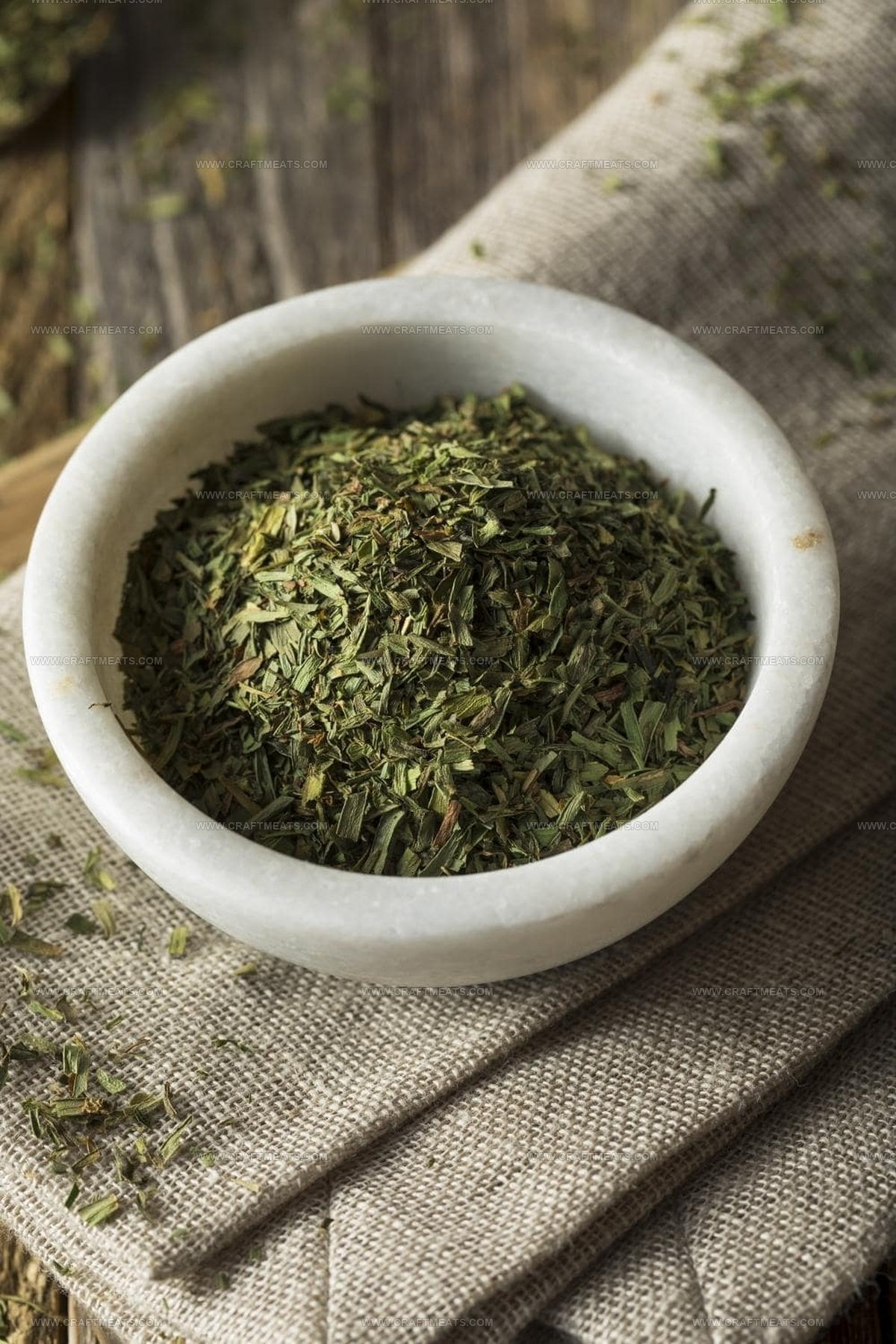
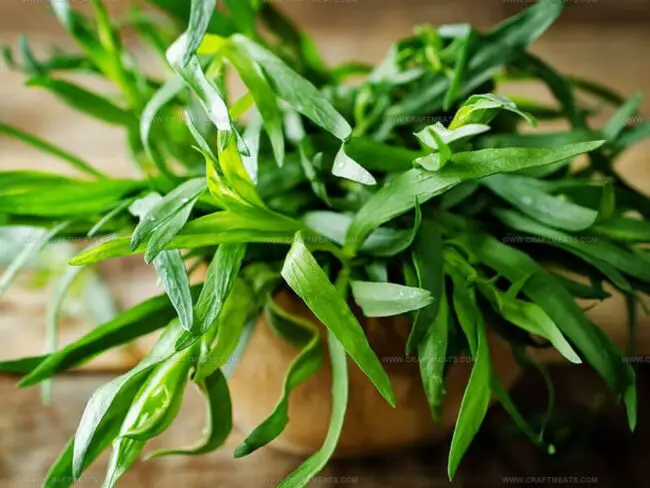
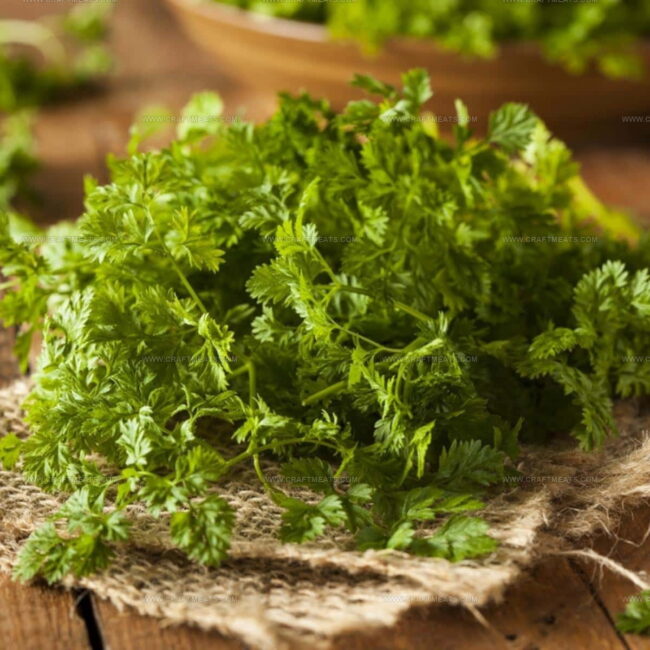
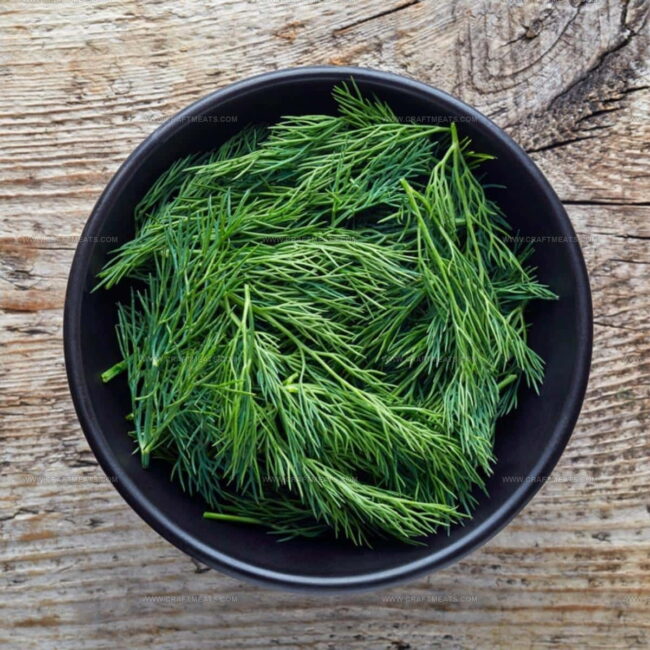
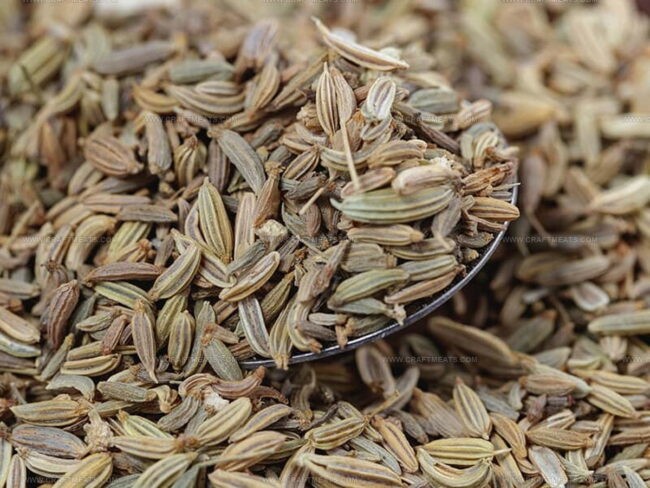
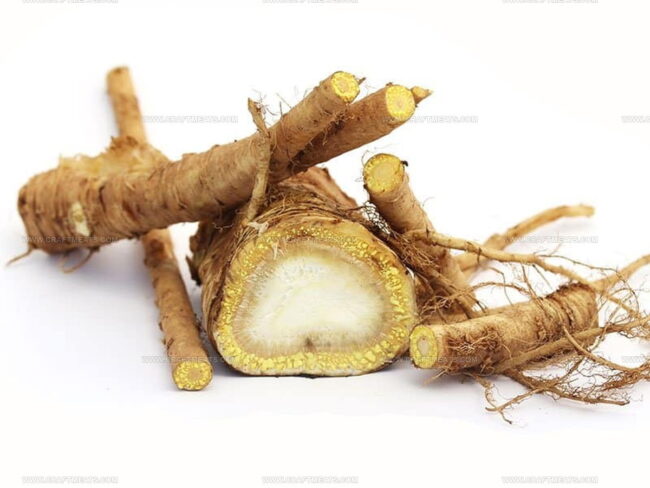
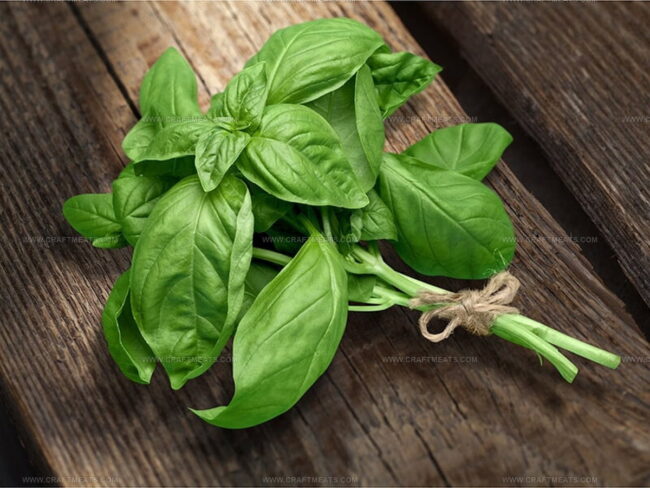
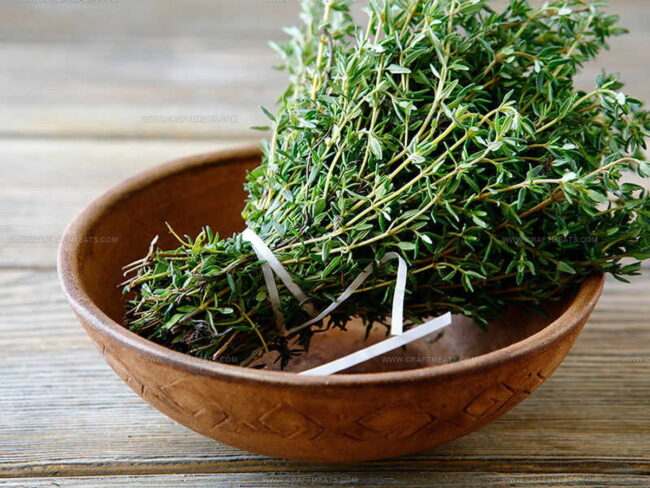
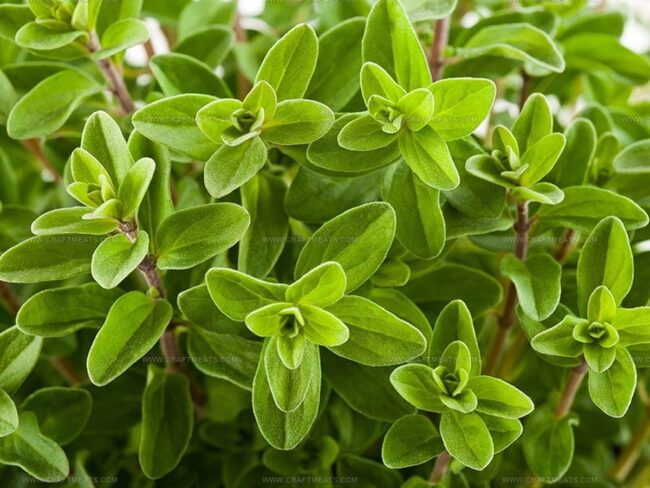
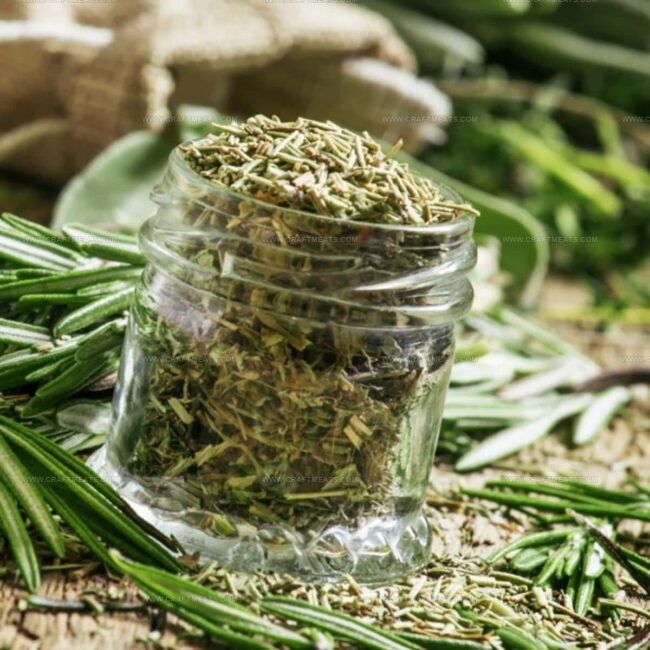
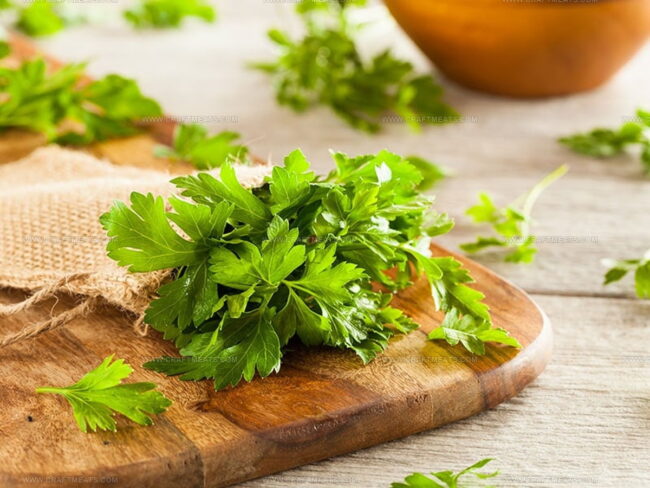
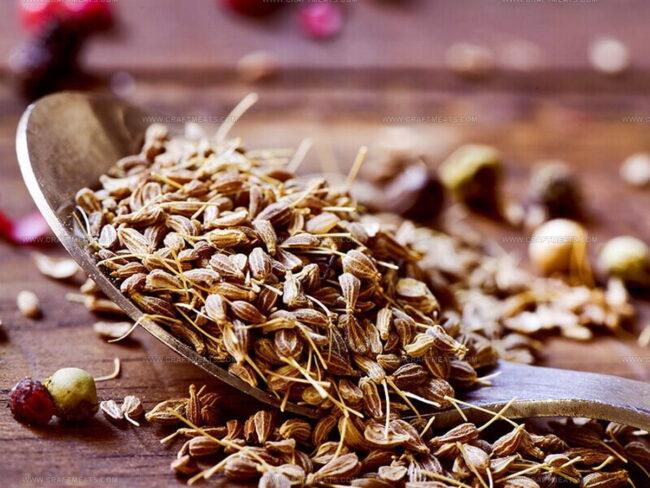
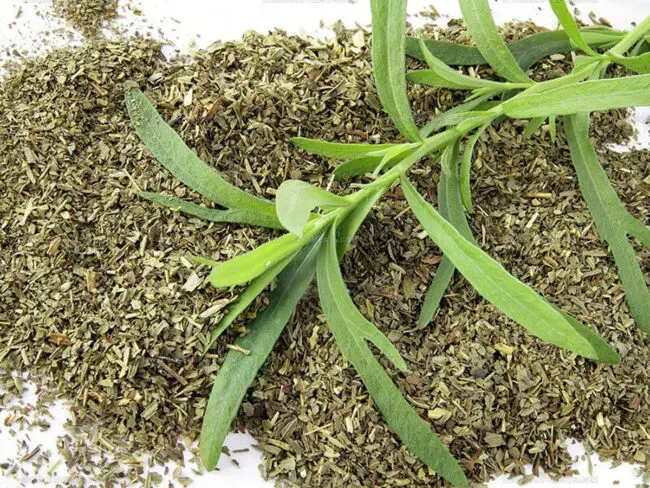
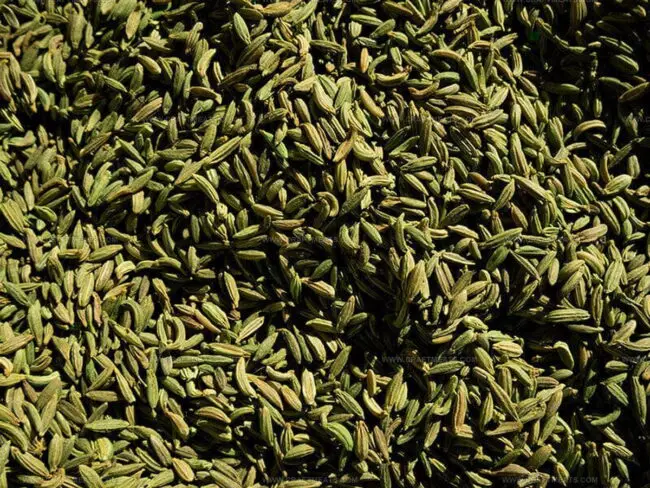
Liam O’Sullivan
Founder & Culinary Content Creator
Expertise
Recipe Development, Traditional Irish and European Cuisines, Food Styling and Photography, Culinary Education
Education
Dublin Institute of Technology (DIT) – School of Culinary Arts and Food Technology
Ballymaloe Cookery School
Isabella brings a global spark to the Craft Meats table. Born in Florence and trained at the Apicius International School of Hospitality, she blends classic Italian flavor with modern writing that’s easy to follow and hard to forget.
Her additional training at the Italian Chef Academy fueled her love for well-crafted dishes, especially ones that spotlight beautiful cuts of meat.
She’s a food writer with heart, and a deep love for storytelling through single recipes. Her goal? To help you cook with more confidence and a little more joy, no matter where you start.